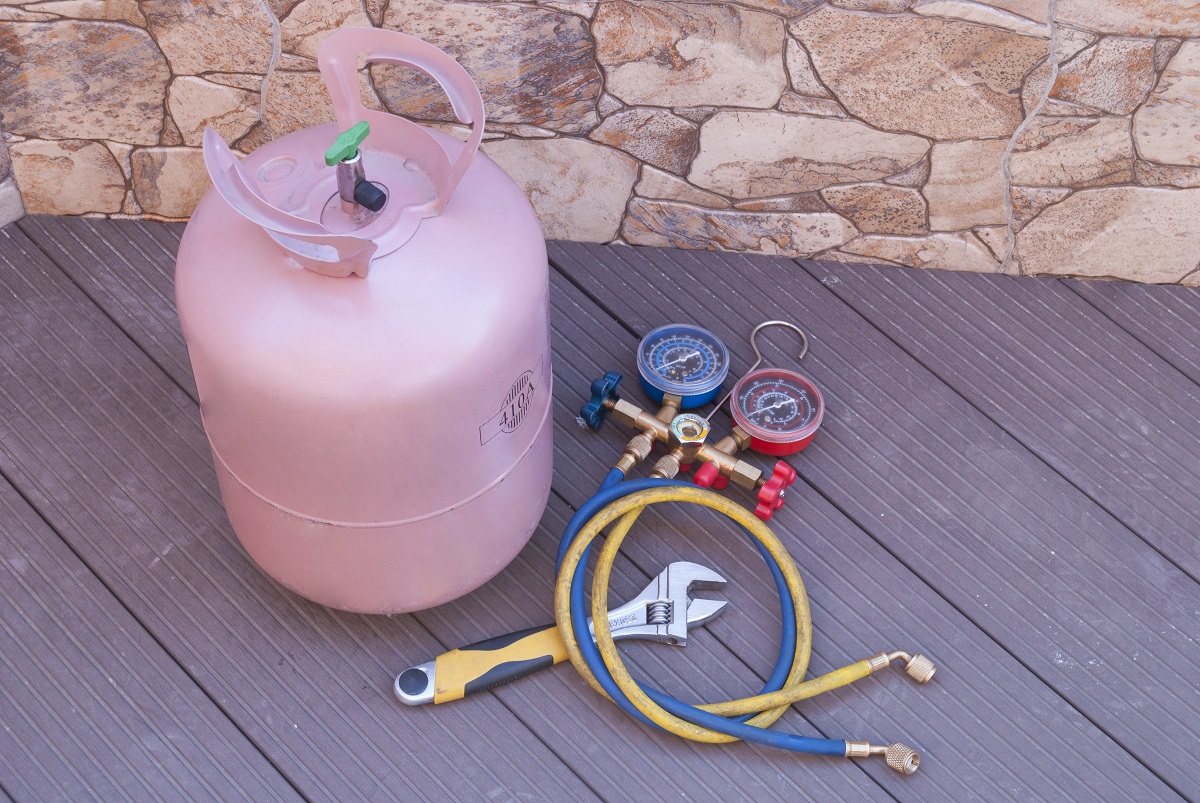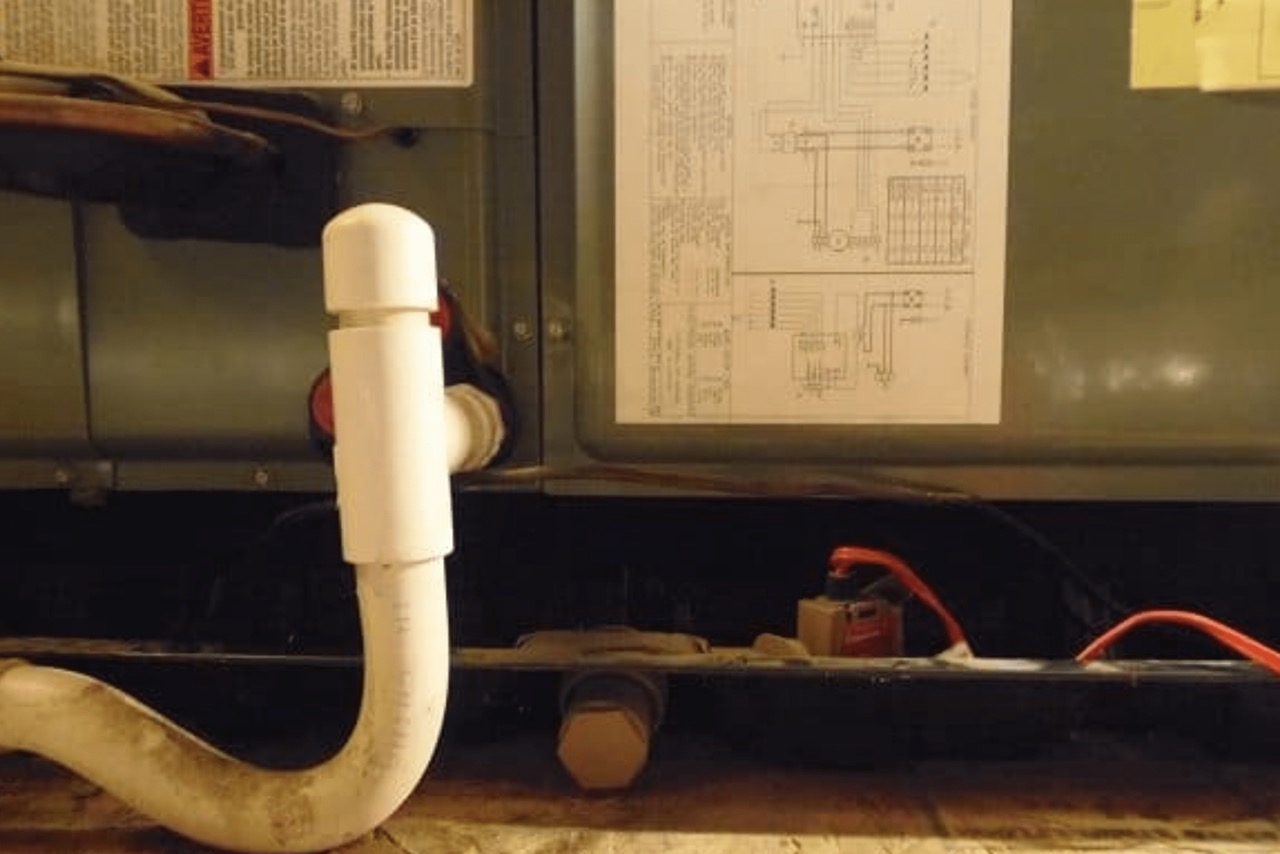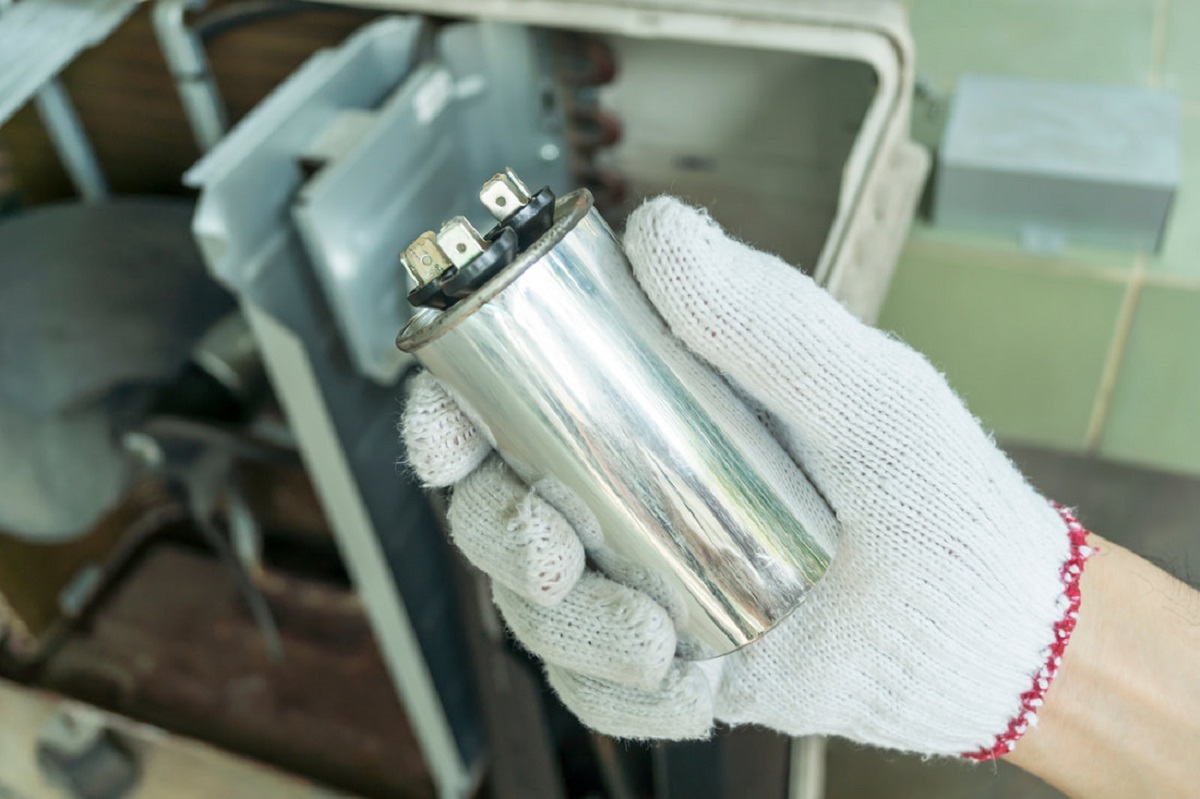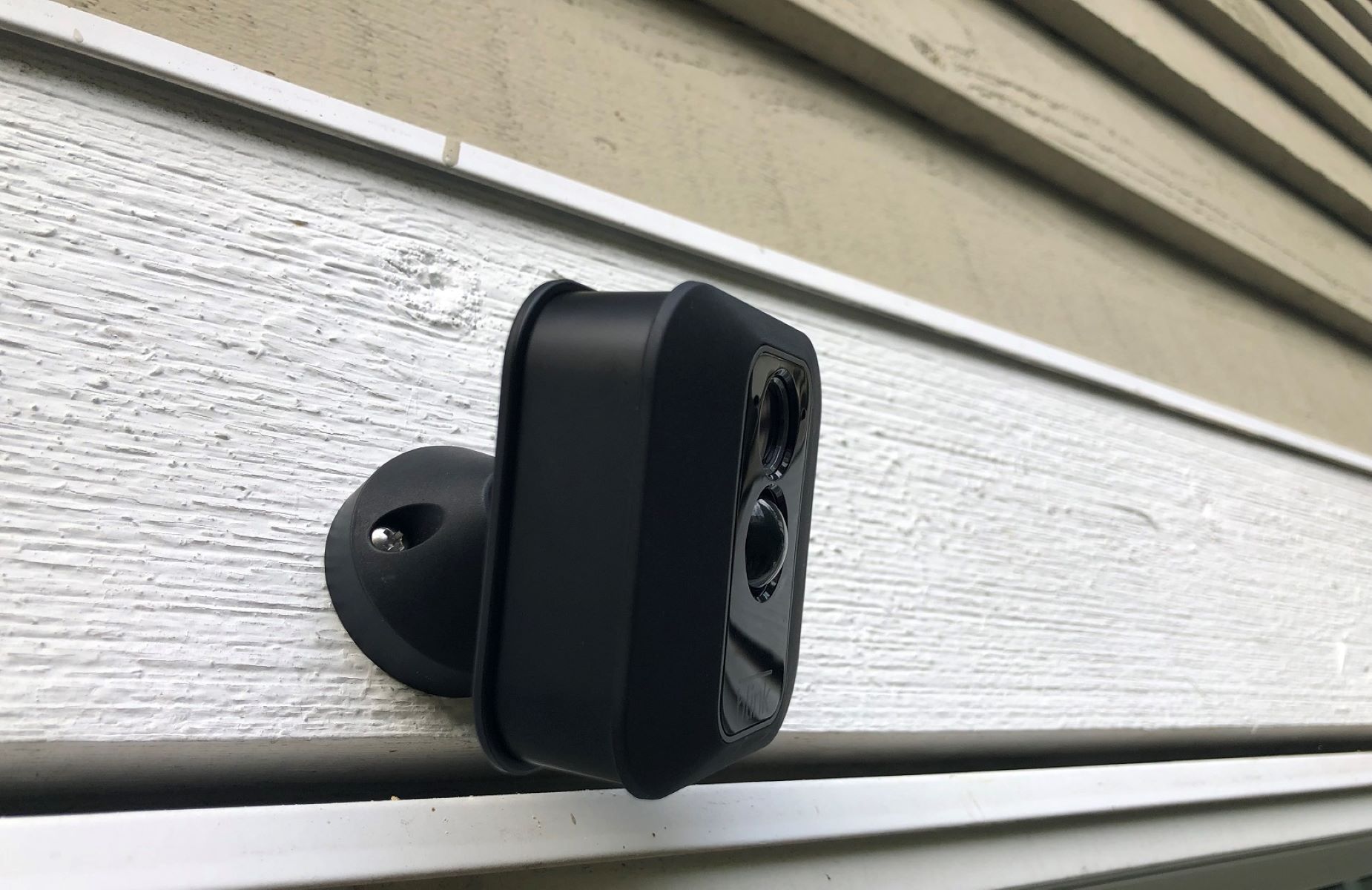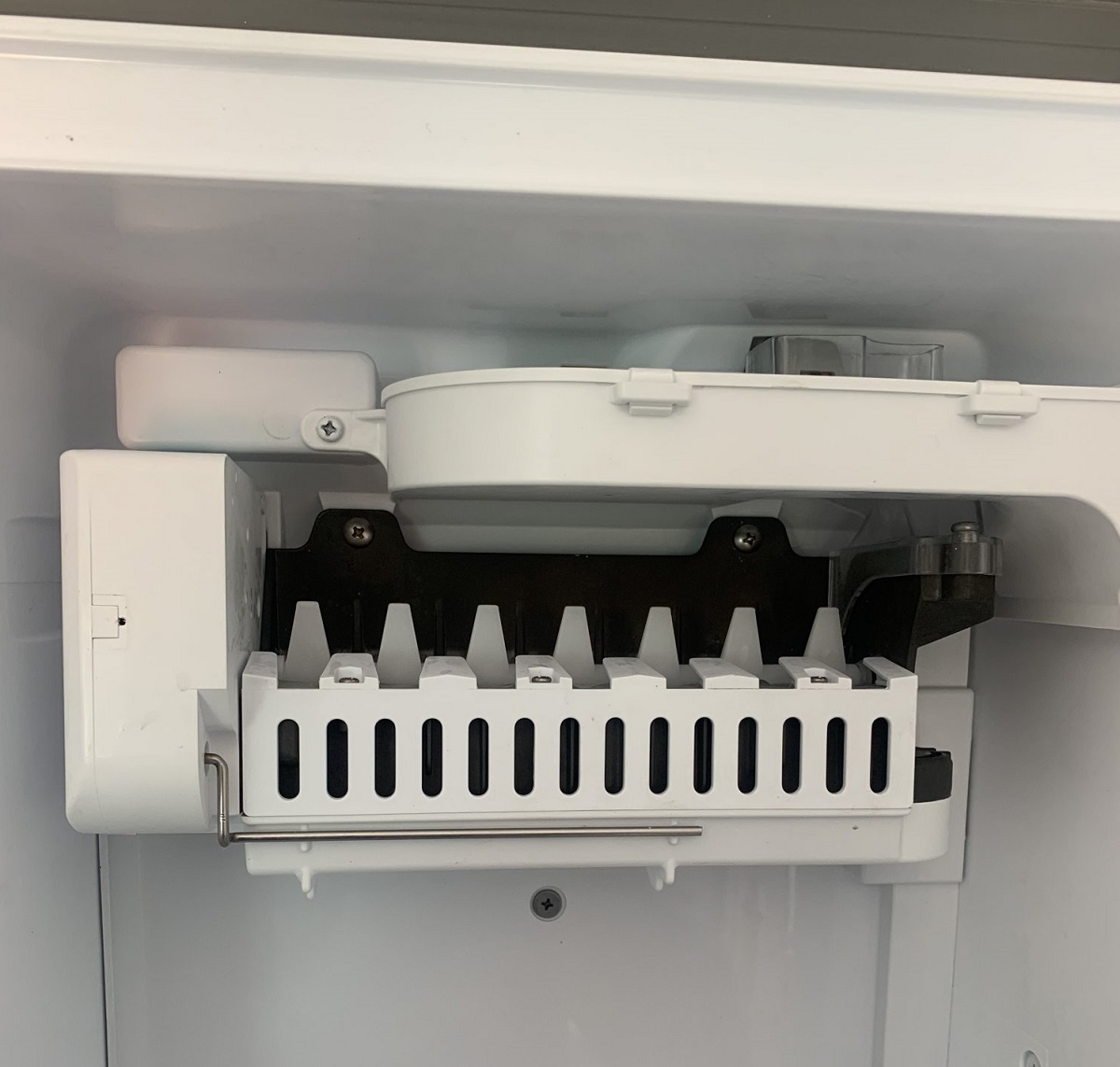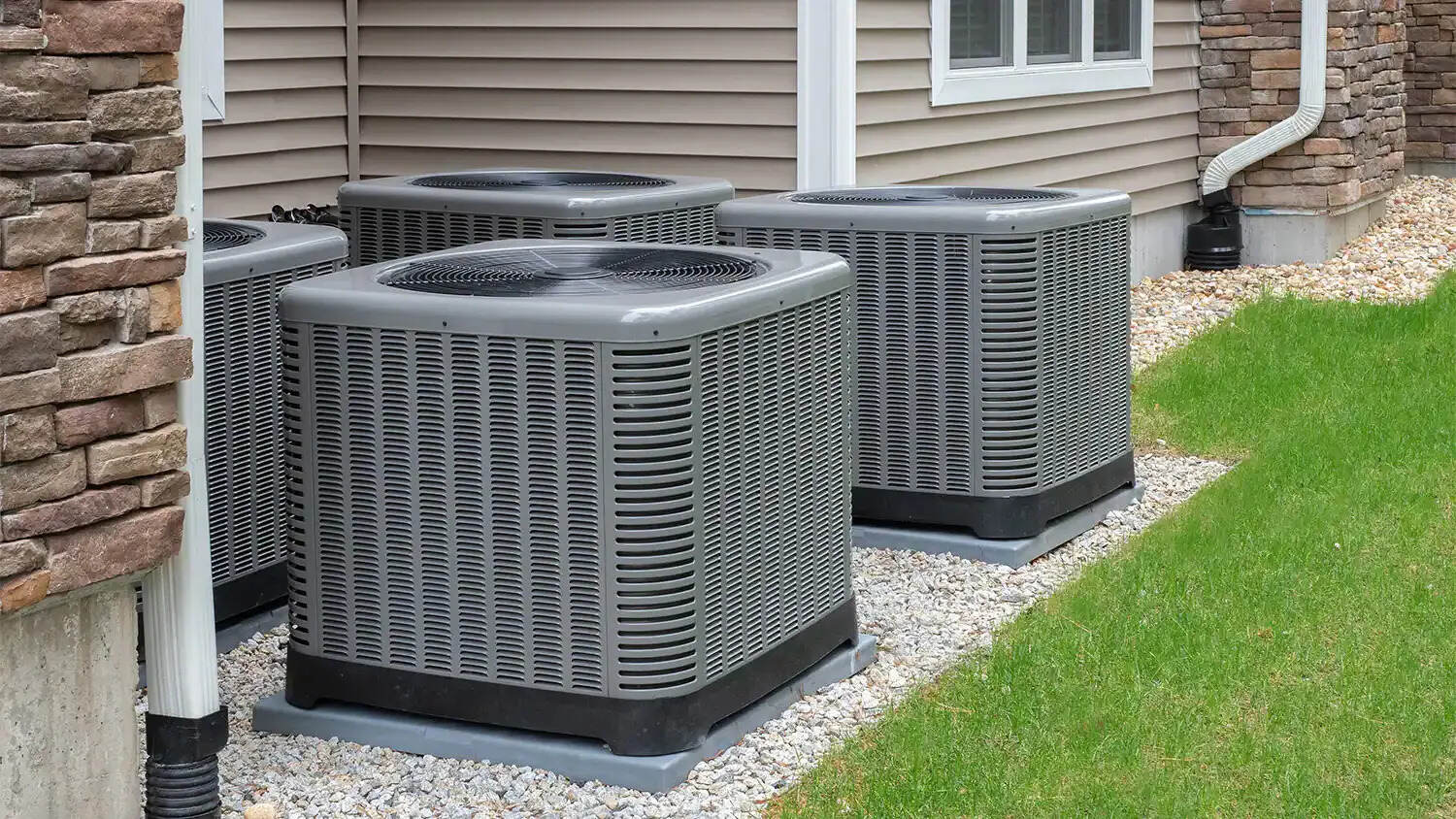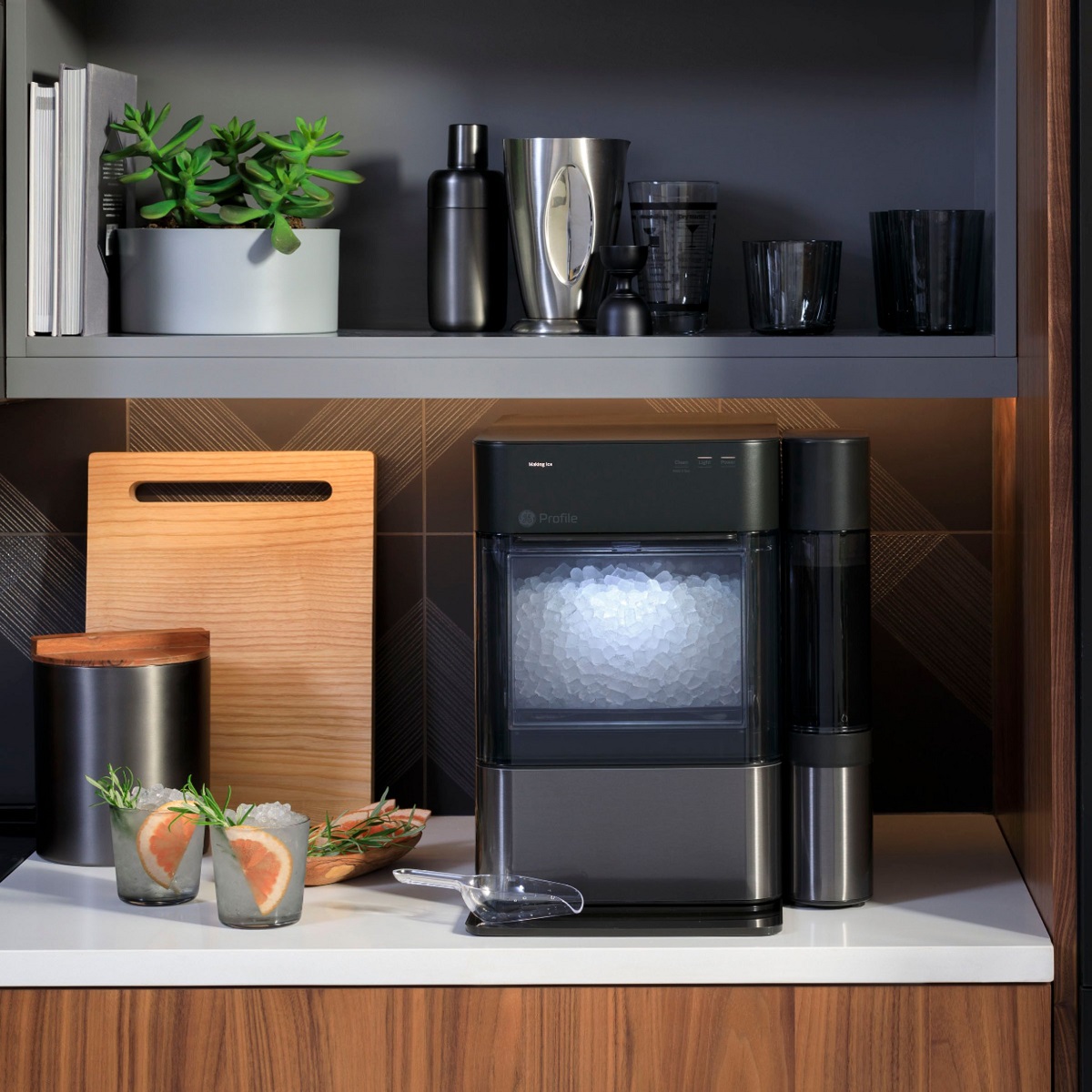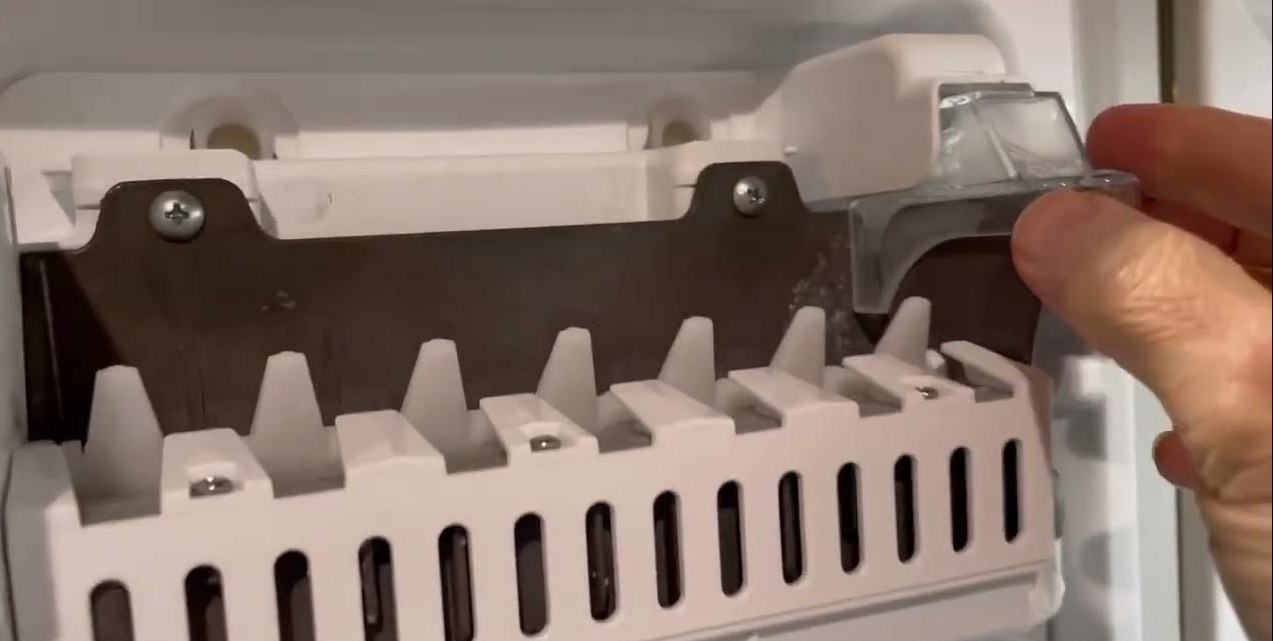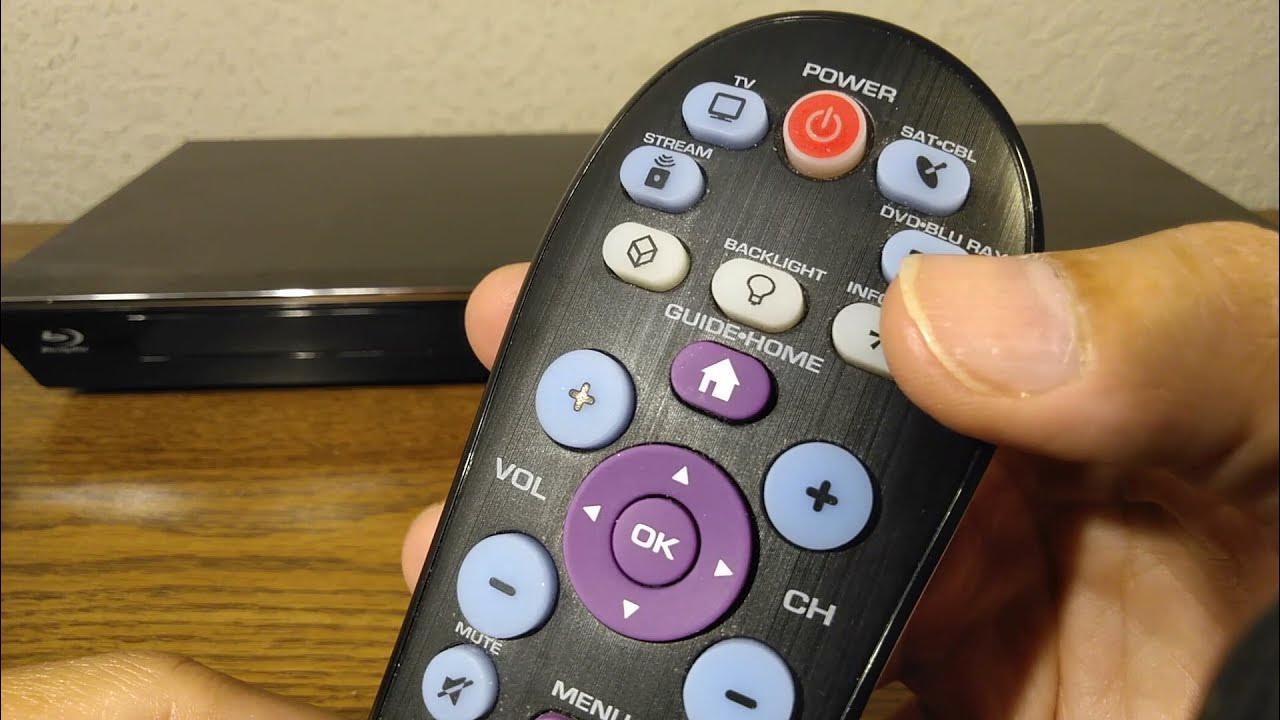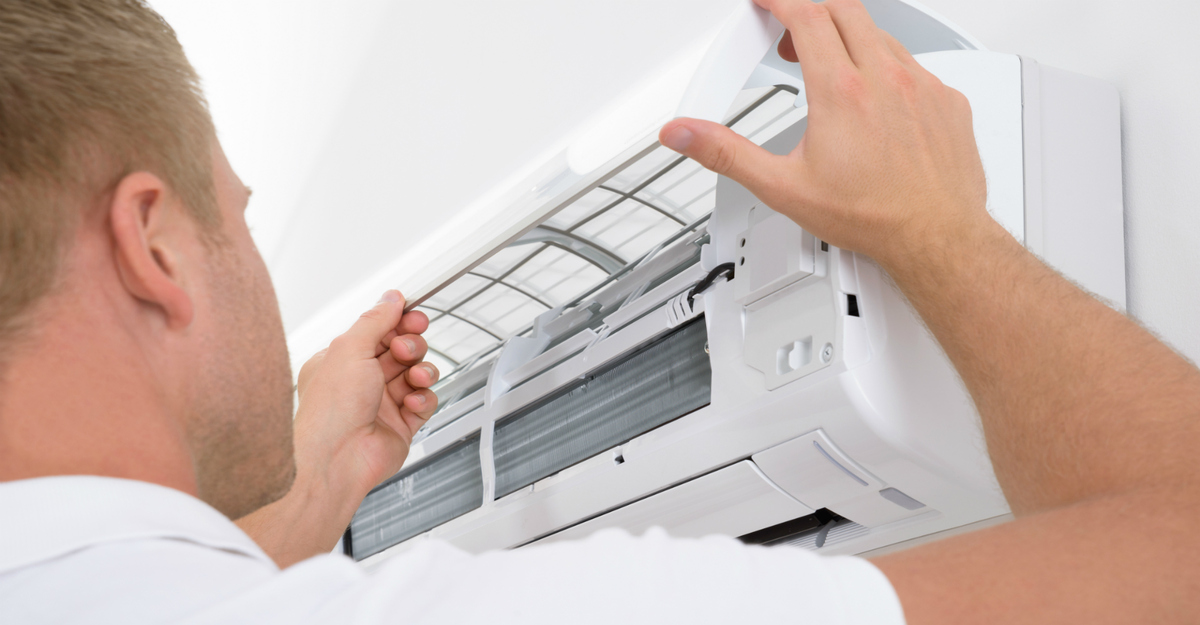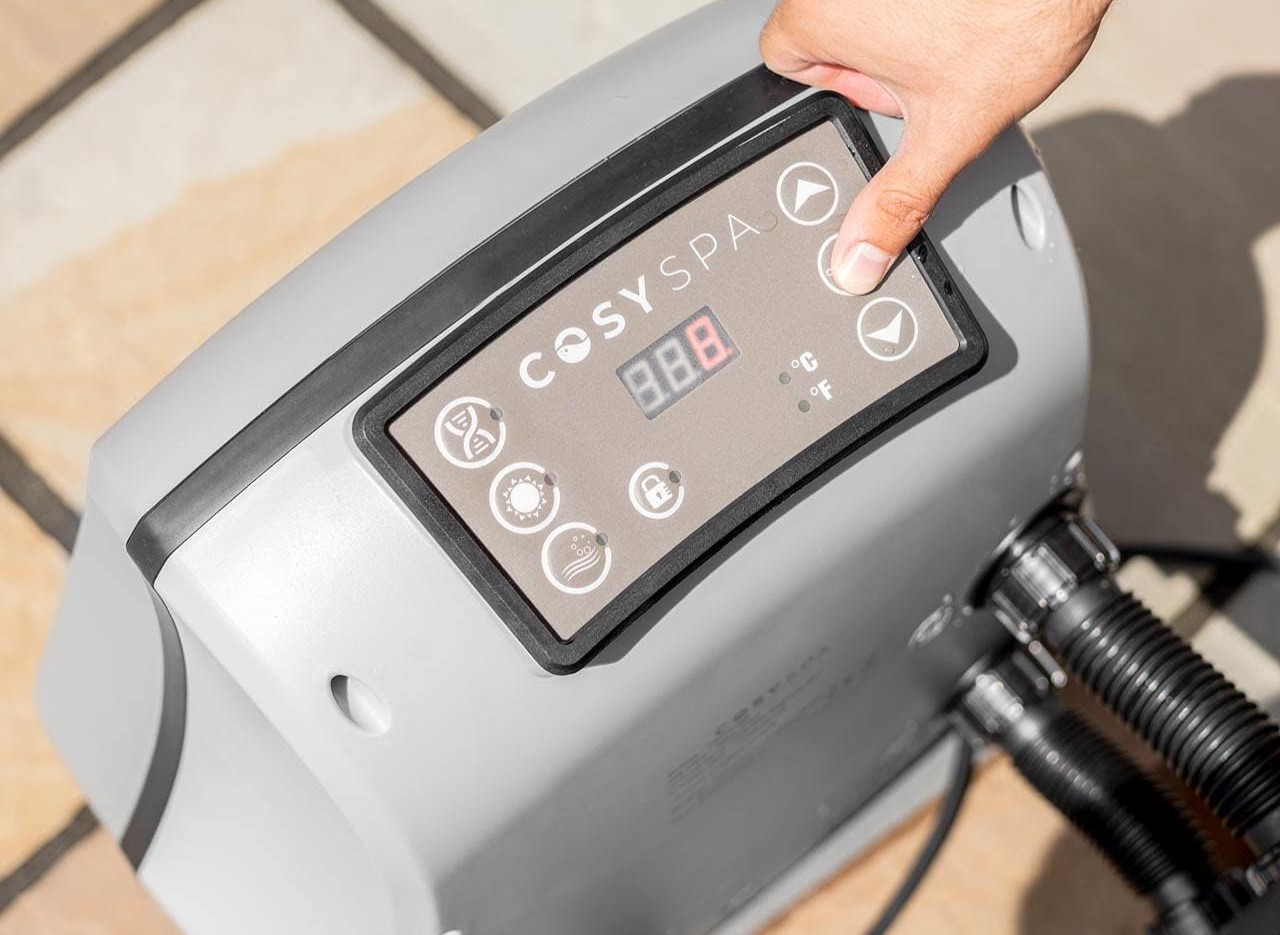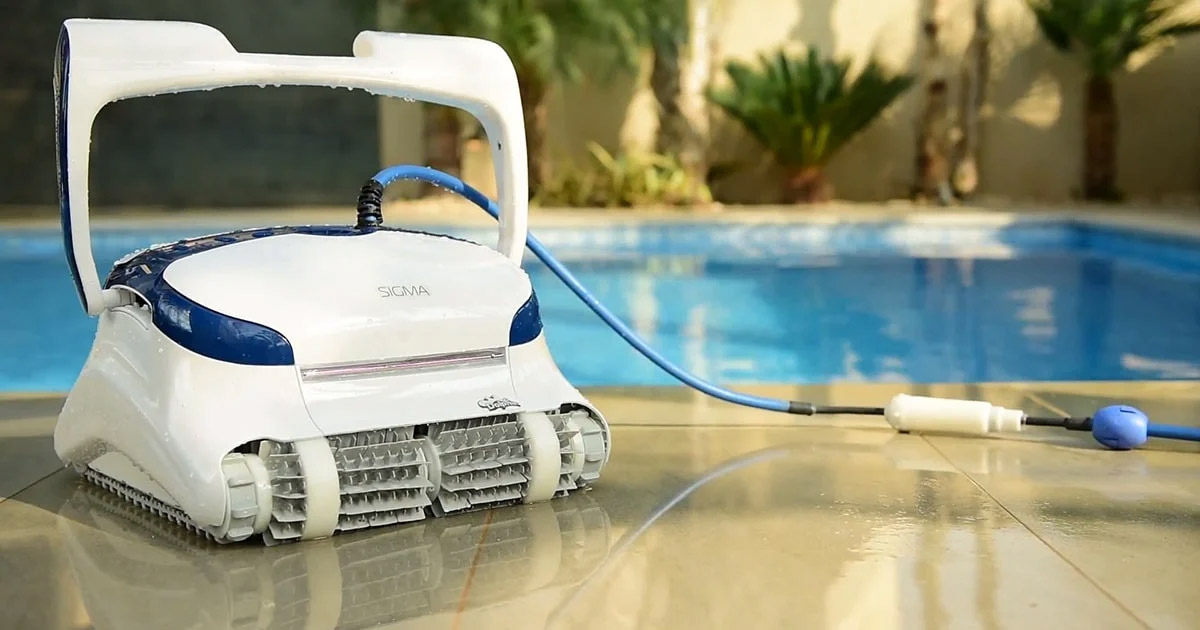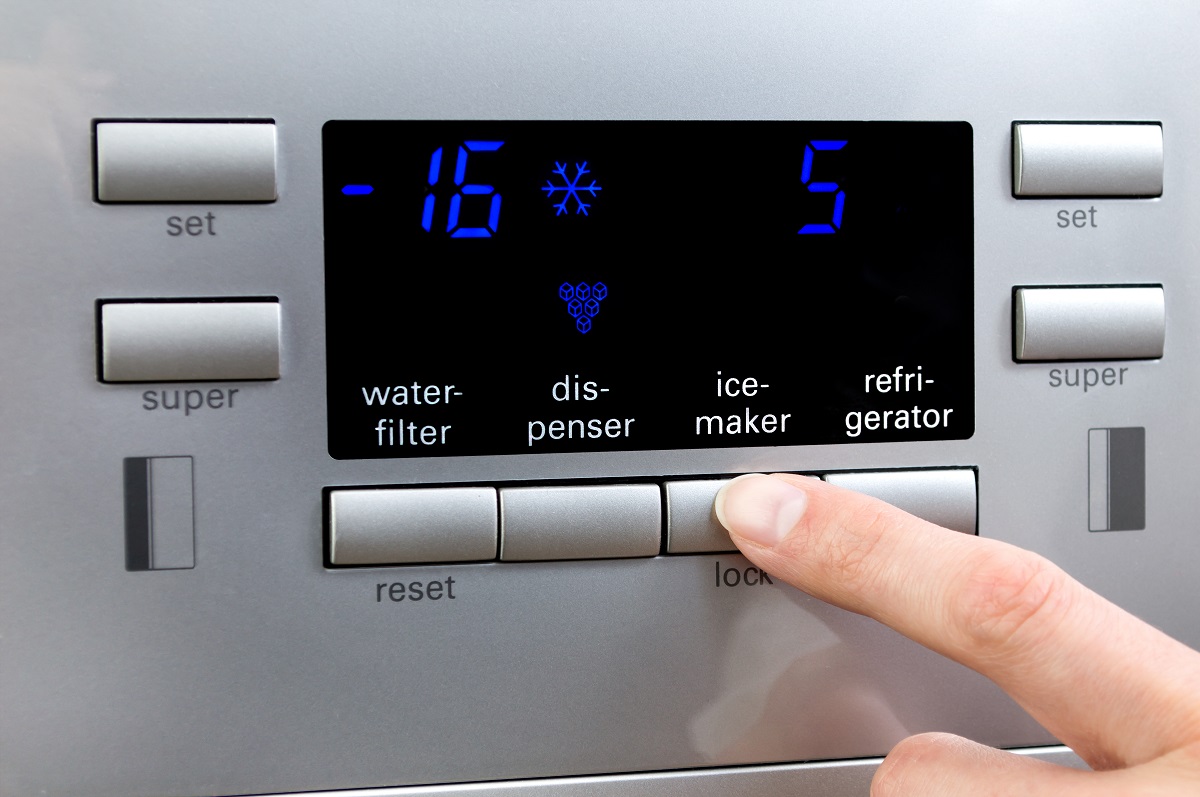Home>Home Maintenance>How Do I Reset My Air Conditioning Unit
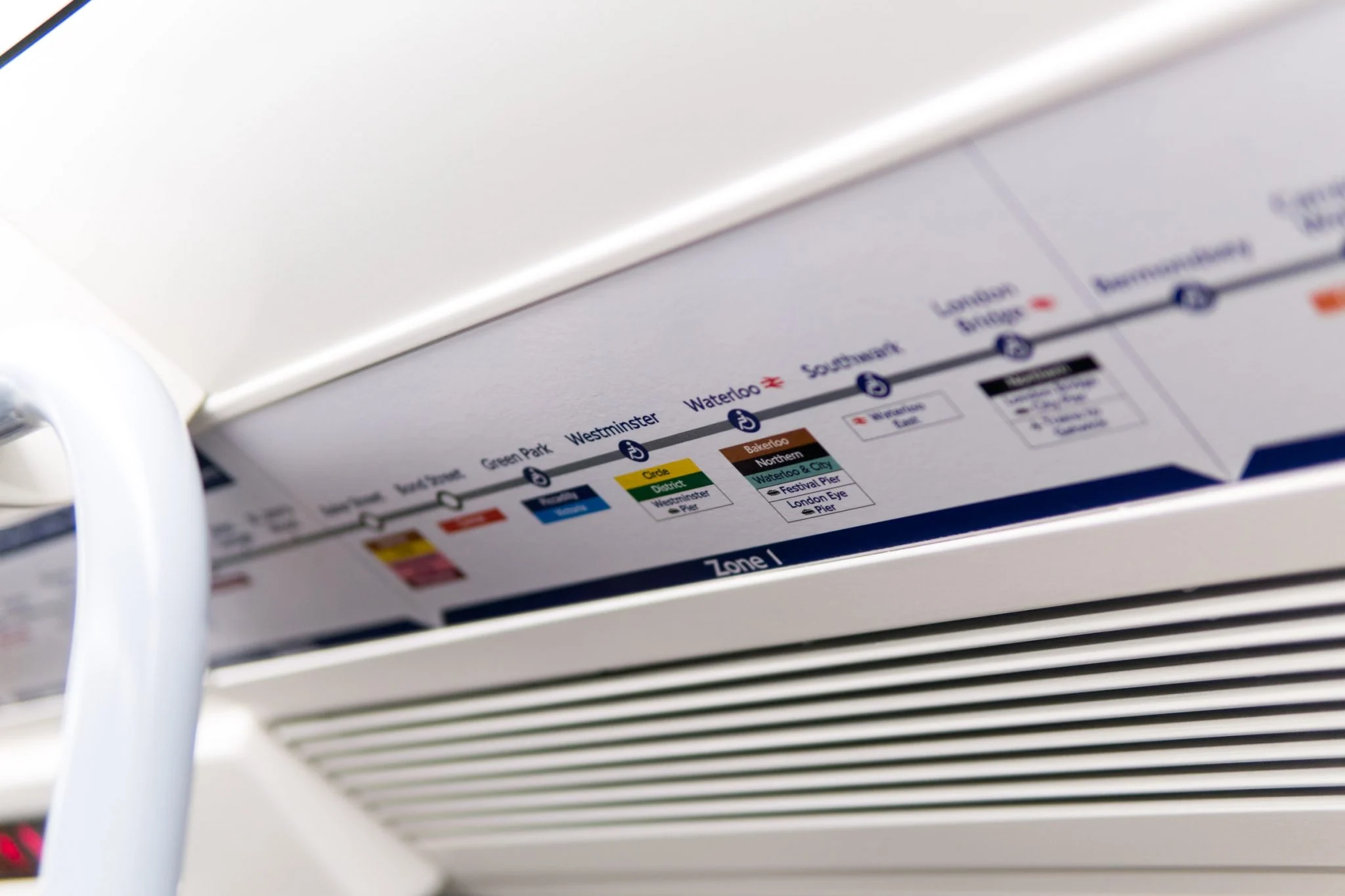

Home Maintenance
How Do I Reset My Air Conditioning Unit
Modified: March 6, 2024
Need to reset your air conditioning unit? Our expert guide will walk you through the home maintenance steps to get your AC running smoothly again.
(Many of the links in this article redirect to a specific reviewed product. Your purchase of these products through affiliate links helps to generate commission for Storables.com, at no extra cost. Learn more)
Introduction
Welcome to our comprehensive guide on how to reset your air conditioning unit. Whether you’ve noticed a drop in performance, strange noises, or your unit simply isn’t working as it should, a reset can often help resolve many common issues. Resetting your air conditioning unit is a simple yet effective troubleshooting step that can be performed by homeowners before calling in professional technicians. This guide will take you through the step-by-step process of resetting your air conditioning unit, ensuring that you can enjoy optimal comfort in your home.
Before we begin, it’s important to note that while resetting your air conditioning unit can help resolve minor problems, there may be underlying issues that require the expertise of a professional technician. If you have any doubts or concerns, it’s always a good idea to contact a licensed HVAC specialist to thoroughly inspect and service your air conditioning system.
Now, let’s dive into the steps of how to reset your air conditioning unit effectively and efficiently.
Key Takeaways:
- Keep your air conditioning unit running smoothly by following these simple steps: shut off the unit, reset the circuit breaker, and clean or replace the air filter regularly.
- When in doubt, contact a professional technician to diagnose and repair complex issues with your air conditioning unit, ensuring safety and optimal performance.
Read more: How Do I Reset My Electric Fireplace?
Step 1: Shutting off the Air Conditioning Unit
The first step in resetting your air conditioning unit is to ensure that it is properly shut off. This will allow the system to reset and start fresh. Here’s how you can do it:
- Locate the main power switch for your air conditioning unit. This switch is typically found near the outdoor condenser unit or in the utility room.
- Flip the switch to the “off” position. This will completely shut off the power supply to the unit.
- If your air conditioning unit has a separate circuit breaker, you can also turn it off to ensure that there is no power going to the unit.
Shutting off the air conditioning unit is an important safety precaution before attempting any maintenance or troubleshooting steps. By cutting off the power supply, you reduce the risk of electric shock or other accidents.
Once you have shut off the unit, it’s important to wait for a few minutes before moving on to the next step. This allows the system to fully power down and reset itself.
Now that the air conditioning unit is properly shut off, it’s time to move on to the next step: resetting the circuit breaker.
Step 2: Resetting the Circuit Breaker
Resetting the circuit breaker for your air conditioning unit is a crucial step in the reset process. Often, a tripped circuit breaker can cause the unit to malfunction or stop working altogether. Follow these steps to reset the circuit breaker:
- Locate your home’s main electrical panel or circuit breaker box. This is usually found in the basement, utility room, or garage.
- Open the panel or box to reveal the circuit breakers.
- Inspect the breakers to identify any that may have tripped. Look for breakers that are in the “off” position or that are not aligned with the others.
- If you find a tripped breaker, switch it to the “off” position first, and then back to the “on” position. This will reset the breaker.
- If the breaker trips immediately after resetting it, there may be an electrical issue that needs to be addressed by a licensed electrician.
Resetting the circuit breaker restores the electrical flow to your air conditioning unit. It is a simple yet effective troubleshooting step that can often resolve power-related issues.
Once you have reset the circuit breaker, give your air conditioning unit a few minutes to power back on and stabilize. If the circuit breaker trips repeatedly, it’s crucial to consult with an electrician or HVAC professional to identify and fix any underlying electrical problems.
Now that the circuit breaker is reset, it’s time to move on to the next step: resetting the thermostat.
Step 3: Resetting the Thermostat
Resetting the thermostat of your air conditioning unit can often resolve issues related to temperature control or programming errors. Follow these steps to reset your thermostat:
- Locate your thermostat on the wall. It is typically found in a central area of your home, such as the living room or hallway.
- Take off the cover of the thermostat to reveal the wiring and buttons.
- Look for a small button or switch labeled “Reset” or “Restart”. This button is usually located near the display screen or on the back of the thermostat.
- Press and hold the “Reset” or “Restart” button for a few seconds until you see the display screen flash or the thermostat indicators reset.
- Release the button and wait for a few seconds to allow the thermostat to complete the reset process.
Resetting the thermostat clears any errors or programming glitches that may be affecting the proper functioning of your air conditioning unit. It helps ensure that the thermostat is properly calibrated and ready to control the temperature as desired.
After resetting the thermostat, you may need to reprogram any desired temperature settings or schedules. Refer to your thermostat’s user manual for instructions on programming and setting preferences.
Once you have reset and programmed the thermostat, allow the air conditioning unit a few minutes to respond to the new settings. If you continue to experience issues or if the unit fails to turn on, it may be necessary to move on to the next step: checking for blockages or obstructions.
Tip: To reset your air conditioning unit, start by turning off the power at the main electrical panel. Wait for 5 minutes, then turn the power back on. If the unit has a reset button, press it. If not, set the thermostat to the “off” position for a few minutes before turning it back on.
Step 4: Checking for Blockages or Obstructions
Blockages or obstructions in your air conditioning system can restrict airflow and lead to poor performance or even system shutdown. It’s essential to check for and remove any potential blockages to ensure optimal operation. Here’s how you can do it:
- Start by inspecting the outdoor condenser unit. Clear any debris such as leaves, twigs, or grass that may have accumulated around the unit. Use a brush or a soft cloth to gently remove any dirt or dust that may be blocking the airflow through the unit’s intake vents.
- Next, check the indoor air conditioning unit. Remove any objects that may be blocking the supply or return vents, such as furniture, rugs, or curtains. Ensure that all vents are unobstructed and open.
- Inspect the air ducts for any blockages or obstructions. Look for signs of dirt, dust, or debris that may have accumulated inside the ductwork. If necessary, contact a professional duct cleaning service to clean the air ducts thoroughly.
- Check the air filters of your air conditioning system. Dirty or clogged filters can significantly impede airflow. If the filters are dirty, clean or replace them according to the manufacturer’s instructions.
Clearing blockages and obstructions allows for proper airflow and ventilation in your air conditioning system. By ensuring unobstructed pathways, you can improve the efficiency and performance of your unit.
Once you have checked for and removed any blockages or obstructions, it’s time to move on to the next step: cleaning or replacing the air filter.
Read more: How Do I Reset My Ice Maker
Step 5: Cleaning or Replacing the Air Filter
The air filter in your air conditioning unit plays a crucial role in maintaining good indoor air quality and optimizing system performance. Over time, the air filter can become clogged with dirt, dust, and other particles, restricting airflow and reducing efficiency. Cleaning or replacing the air filter is an important step in resetting your air conditioning unit. Here’s what you need to do:
- Locate the air filter. In most cases, it is located behind a removable panel near the air handler or furnace.
- Remove the filter from its housing. Pay attention to the direction of airflow indicated on the filter frame; this should be followed when installing a new filter.
- If the filter is washable or reusable, rinse it gently with water to remove dirt and debris. Allow it to dry thoroughly before reinstalling.
- If the filter is not washable or reusable, replace it with a new filter of the same size and type. Make sure to choose a filter with the appropriate MERV (Minimum Efficiency Reporting Value) rating for your specific air conditioning system.
- Reinstall the clean or new air filter, ensuring it is properly seated and the direction of airflow is correct.
Cleaning or replacing the air filter can significantly improve indoor air quality, increase energy efficiency, and prolong the lifespan of your air conditioning unit. It’s recommended to clean or replace the filter every one to three months, depending on usage and the environment.
Once the air filter is clean or replaced, allow the air conditioning unit a few minutes to adjust to the improved airflow. If you continue to experience issues or if the unit doesn’t function properly, it may be necessary to contact a professional technician for further assistance.
Now that you have cleaned or replaced the air filter, let’s move on to the final step: considering contacting a professional technician.
Step 6: Contacting a Professional Technician
If you have followed the previous steps and your air conditioning unit is still not functioning properly, it’s time to consider calling a professional technician. HVAC (Heating, Ventilation, and Air Conditioning) specialists have the training and expertise to diagnose and repair complex issues that may be beyond the scope of simple troubleshooting. Here are a few reasons why contacting a professional technician is a wise choice:
- Expertise: Professional technicians have in-depth knowledge of air conditioning systems and can accurately assess the problem. They can identify underlying issues that may not be apparent to homeowners and provide an effective solution.
- Equipment: HVAC technicians have access to specialized tools and equipment necessary for diagnosing and repairing air conditioning units. They can perform detailed inspections and make precise adjustments, ensuring optimal system performance.
- Safety: Working with electrical components and refrigerant can be dangerous if not done correctly. Professional technicians are trained to handle these elements safely and follow industry best practices to protect your home and themselves from hazards.
- Warranty: If your air conditioning unit is still under warranty, attempting repairs on your own or hiring an unqualified person may void the warranty. Professional technicians are authorized to perform warranty repairs, keeping your coverage intact.
When contacting a professional technician, be prepared to provide them with a detailed description of the issue and any steps you have taken to reset or troubleshoot the system. This information will help them diagnose the problem more effectively and potentially save time and costs in the repair process.
Remember, attempting complex repairs without the necessary skills and knowledge can worsen the problem or cause further damage to your air conditioning unit. It’s best to leave it to the experts and ensure the longevity and efficiency of your system.
With these steps, you now have a comprehensive guide on how to reset your air conditioning unit. By following these troubleshooting steps and considering professional assistance when needed, you can maintain a comfortable home environment and enjoy the benefits of a properly functioning air conditioning system.
Thank you for reading, and stay cool!
Conclusion
Resetting your air conditioning unit is a valuable troubleshooting step that can help resolve many common issues. By following the steps outlined in this guide, you can effectively reset your unit and potentially restore optimal performance.
Starting with the process of shutting off the air conditioning unit and resetting the circuit breaker, you can ensure a fresh restart for the system. Resetting the thermostat and checking for blockages or obstructions are additional steps that can address temperature control and airflow issues.
Cleaning or replacing the air filter is an essential maintenance task that can improve indoor air quality and system efficiency. Finally, if all else fails, contacting a professional technician is recommended to diagnose and repair complex issues.
Throughout this guide, we’ve emphasized the importance of safety and the potential risks associated with working on electrical components or refrigerant. It’s always a good idea to follow safety guidelines and consult a professional when necessary.
We hope that this comprehensive guide has provided you with the knowledge and confidence to reset your air conditioning unit effectively. Remember to perform regular maintenance tasks and seek professional help when needed to keep your system running smoothly.
Thank you for reading, and may your home be cool and comfortable!
Frequently Asked Questions about How Do I Reset My Air Conditioning Unit
Was this page helpful?
At Storables.com, we guarantee accurate and reliable information. Our content, validated by Expert Board Contributors, is crafted following stringent Editorial Policies. We're committed to providing you with well-researched, expert-backed insights for all your informational needs.
